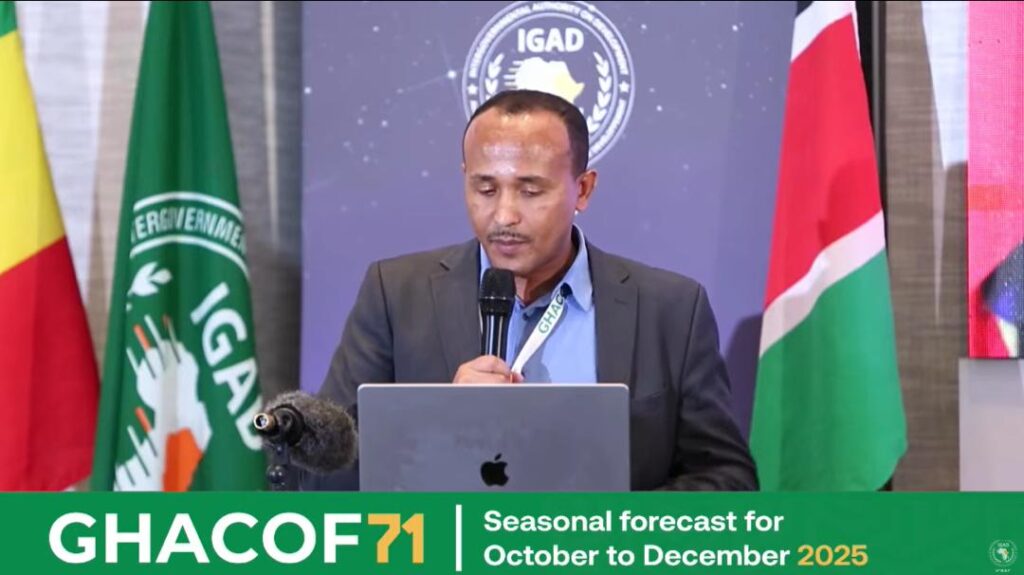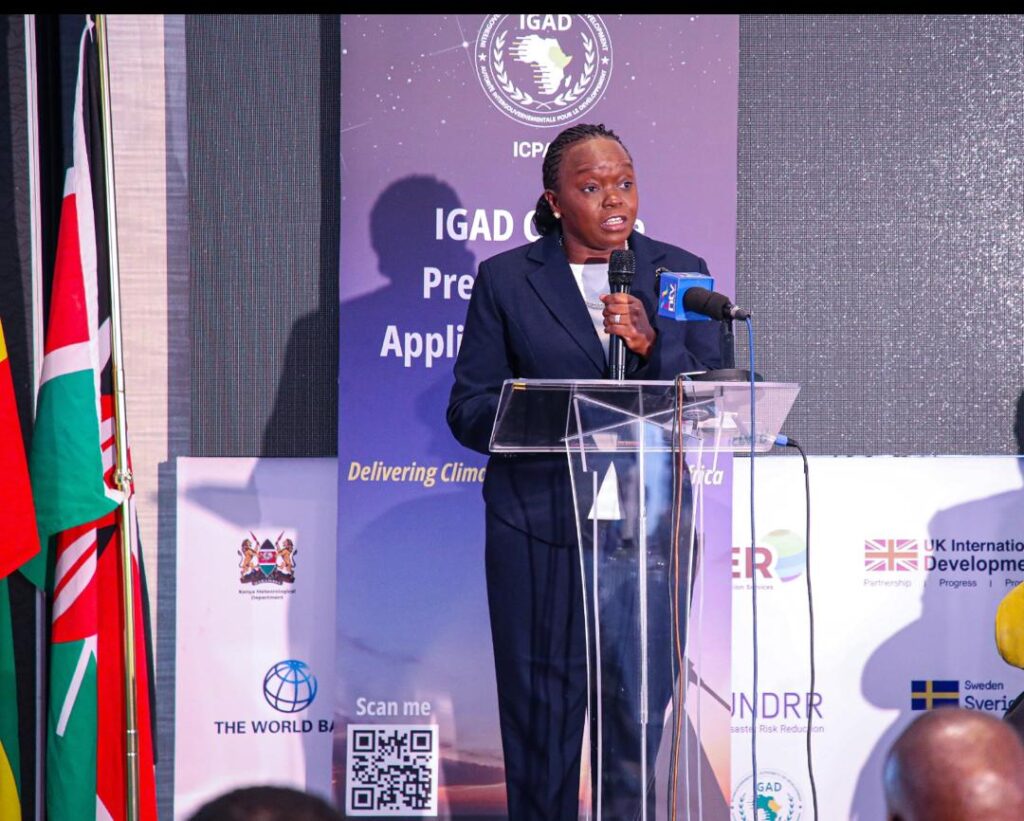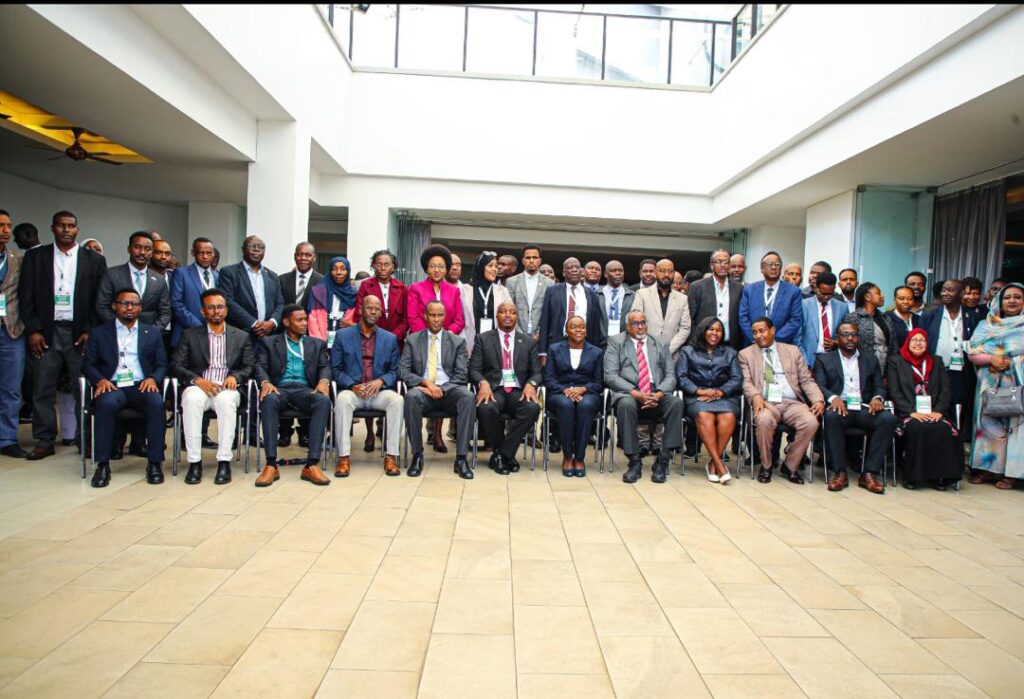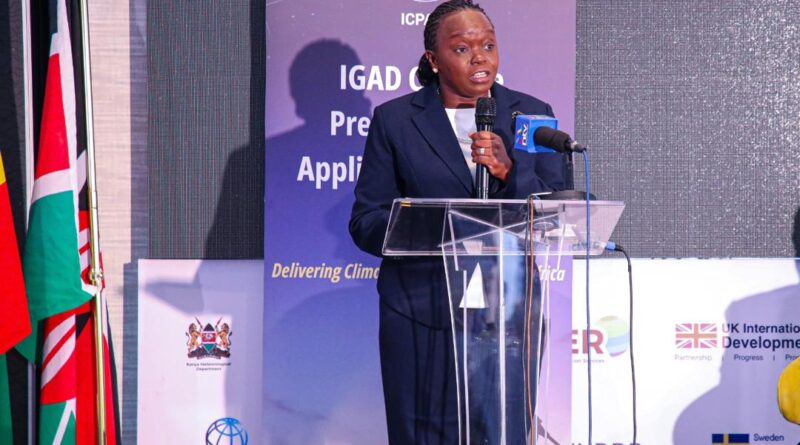Below-Normal Rains and Warmer Conditions Expected in the Greater Horn of Africa, ICPAC Warns
Nairobi, Kenya, 26 August 2025 – The IGAD Climate Prediction and Applications Centre (ICPAC), in collaboration with National Meteorological and Hydrological Services (NMHSs), WMO, and development partners, has released the seasonal climate outlook for October to December (OND) 2025 during the 71st Greater Horn of Africa Climate Outlook Forum (GHACOF 71). The forum brought together experts and decision-makers to assess the June–September season and provide a consolidated forecast for the upcoming OND rainfall period.

OND is a critical rainfall season for the equatorial Greater Horn of Africa, contributing up to 70% of annual totals in areas of Kenya and Somalia. The forecast highlights a higher likelihood of below-normal rainfall across most of the region, particularly over southern Ethiopia, much of Somalia, eastern Kenya, and parts of central and southern Tanzania. Conversely, wetter-than-normal conditions are expected in south-eastern South Sudan, north-eastern and south-western Uganda, northern Somalia, northern Rwanda, and parts of Burundi and western Tanzania. Some areas, including Rwanda and Burundi, may receive over 300 mm of rainfall.
The outlook also points to a delayed onset of rains in the eastern sector—southern Somalia, eastern/central Kenya, and parts of Tanzania—while the western sector, including Uganda, Rwanda, Burundi, and South Sudan, is expected to experience early to normal onset.
On temperatures, ICPAC projects warmer-than-average surface conditions across much of the region, especially in the east. However, cross-border areas of Uganda, Kenya, South Sudan, and north-western Sudan are likely to experience average to slightly cooler conditions.
Leaders stressed the urgency of early action. H.E. Mohamed Ware, Deputy Executive Secretary of IGAD, stated: “The Greater Horn of Africa is at the frontline of the climate crisis. Climate information must reach the last mile, and only through collaboration and early action can forecasts drive timely action.”
Kenya’s Cabinet Secretary for Environment, Climate Change and Forestry, Dr. Deborah M. Barasa, added: “Bridging the early warning gap requires shared knowledge, timely information, and a united regional approach. Kenya remains committed to supporting frameworks that build resilience.”
Mr. Edward Muriuki, Acting Director of the Kenya Meteorological Department, emphasized: “Early warning systems save lives only when they reach everyone, including the most vulnerable. At KMD, we are committed to providing accurate and timely climate services.”
GHACOF 71, held on 25–26 August 2025 in hybrid format, gathered representatives from all 11 IGAD Member States—Burundi, Djibouti, Eritrea, Ethiopia, Kenya, Rwanda, Somalia, South Sudan, Sudan, Tanzania, and Uganda—alongside humanitarian agencies, NGOs, media, and sector experts. ICPAC will continue to provide regional updates, while national meteorological services issue country-level advisories to guide preparedness and response.


By:Florence Uwamaliya
![]()


